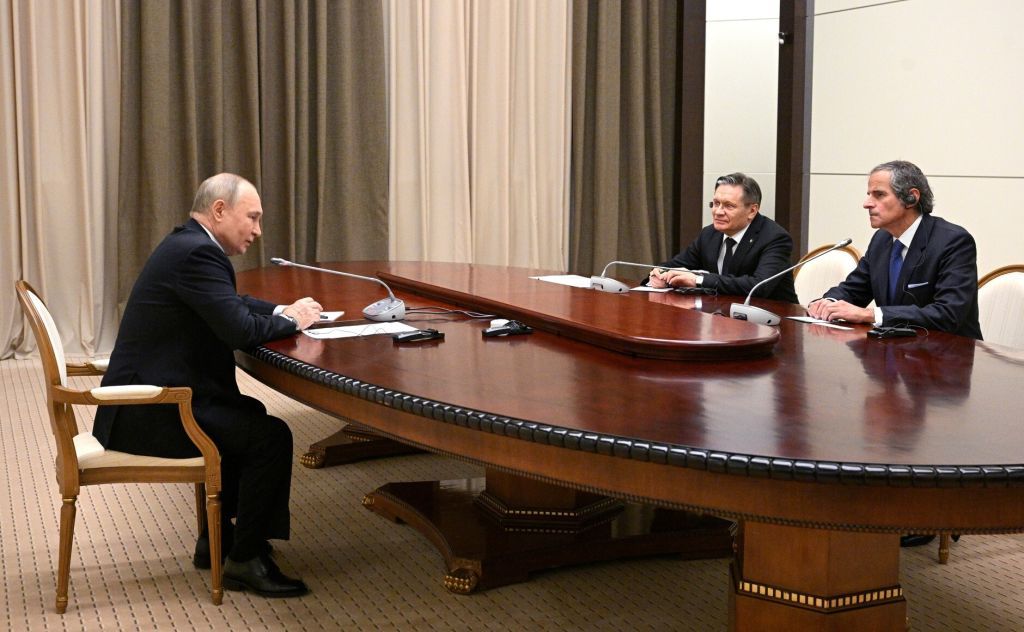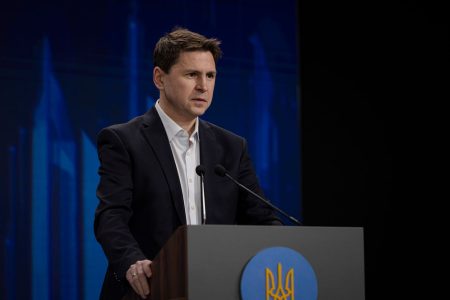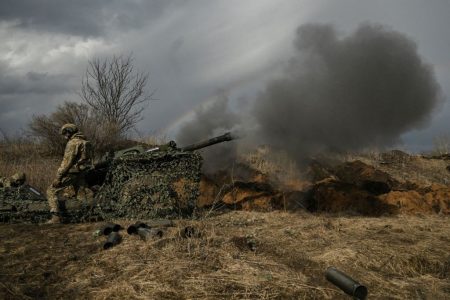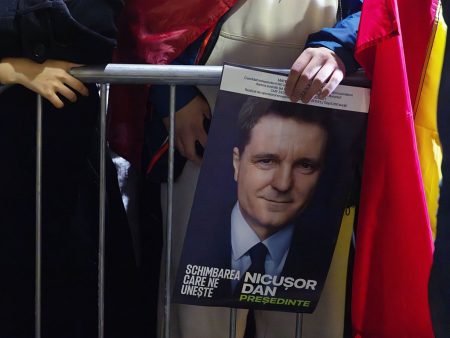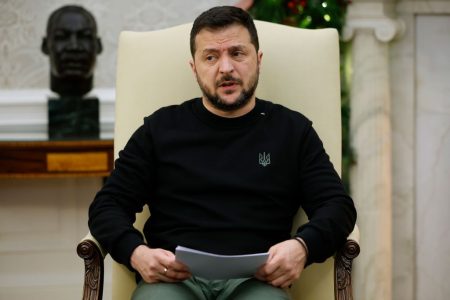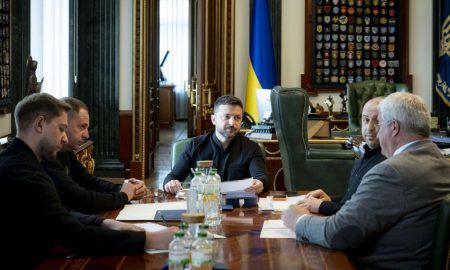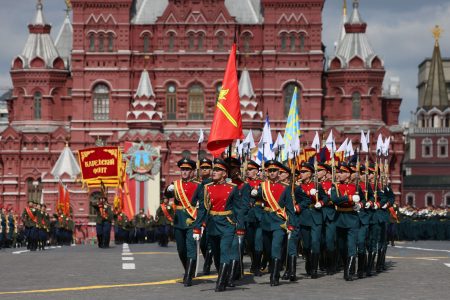Russian President Vladimir Putin is seeking to restart the Russian-occupied Zaporizhzhia Nuclear Power Plant (ZNPP), as reported by the Wall Street Journal. The plant, Europe’s largest nuclear facility, has been shut down since September 2022 due to safety concerns. The plant, located near the front lines, has been occupied by Russian forces since March 2022. Inspectors from the International Atomic Energy Agency (IAEA) received reports indicating that Russia intends to restart at least one reactor at the plant this year. This move has raised concerns about the safety of the facility and the lack of experienced personnel to manage the transition.
The IAEA held an extraordinary meeting in Vienna at the request of Ukraine and Russia following reports of drone attacks on the Zaporizhzhia Nuclear Power Plant. Ukrainian military intelligence denied any involvement in the drone explosions and accused Russia of frequent false flag strikes. IAEA Chief Rafael Grossi referred to the strikes as a “major escalation” in nuclear danger in Ukraine. Experts have expressed doubts about Russia’s ability to bring the ZNPP back online, as it would require raising the core temperature of the plant by hundreds of degrees Fahrenheit and managing the transition without sufficient technicians and resources.
Several people who have worked at the Zaporizhzhia nuclear plant have raised concerns about Russia’s lack of skilled personnel to safely restart the reactors. U.S.-based nuclear oversight officer Morgan D. Libby, who has worked at plants in the former Soviet Union, including the ZNPP, emphasized the need for experienced technicians to operate a nuclear facility effectively. Ukraine’s nuclear energy agency, Energoatom, has emphasized the importance of complying with the IAEA’s demands for military restraint, withdrawing Russian troops from the plant, demining nearby territories, and returning control of the plant to the agency to avoid nuclear and radiation emergencies.
Local residents near the Zaporizhzhia nuclear plant in Russian-occupied settlements in Zaporizhzhia Oblast are bracing for the potential disaster that a restart of the plant could bring. From his home, Anton can easily see the Zaporizhzhia Nuclear Power Plant and expressed fear about the consequences of any nuclear incident. The community is aware of the risks involved and understands that a disaster at the plant could have catastrophic outcomes for them. The importance of ensuring the safety and security of the nuclear facility is crucial to prevent any potential disasters that could impact the lives of those living in the vicinity.
The potential restart of the Zaporizhzhia Nuclear Power Plant raises serious concerns about the safety and security of the facility in the midst of an active military zone. With Russia expressing its intention to bring at least one reactor back online, the risks associated with such a move are significant. The lack of skilled technicians and resources, coupled with the heightened tensions in the region, create a precarious situation that could have dire consequences if not managed effectively. The international community, including the IAEA, remains vigilant in monitoring the situation and advocating for the safe operation of the nuclear plant to prevent any potential nuclear emergencies.
In conclusion, the efforts by Russian President Vladimir Putin to restart the Zaporizhzhia Nuclear Power Plant have raised concerns among nuclear safety experts and the international community. The potential risks associated with bringing the plant back online in the midst of conflict and occupation are significant, with experts doubting Russia’s ability to manage the transition safely. The importance of complying with the IAEA’s demands for military restraint and ensuring the safe operation of the facility is crucial to prevent any nuclear emergencies that could have catastrophic consequences for the region. The situation remains tense, with local residents in the area bracing for the potential disaster that a restart of the plant could bring.









